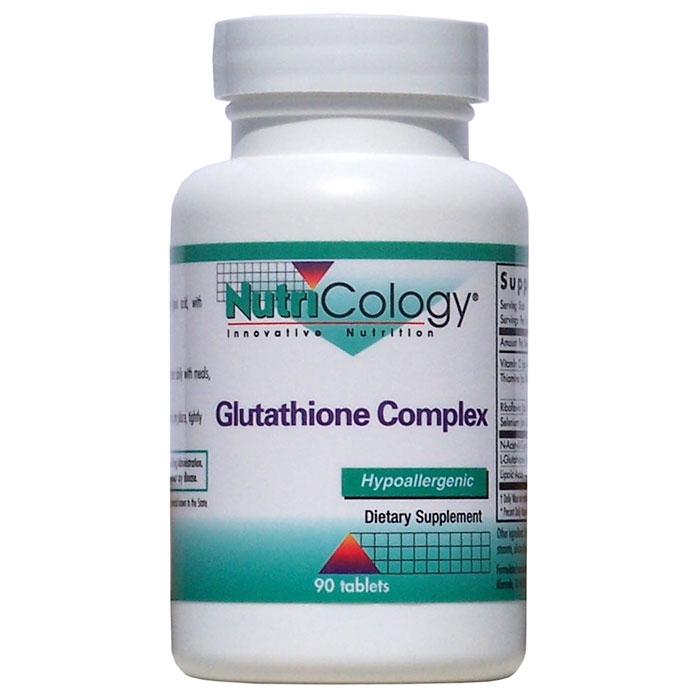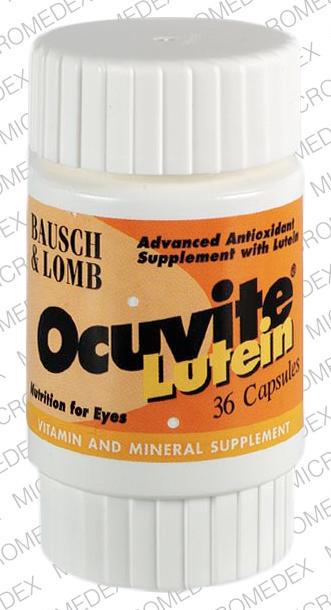Antihistamines or anti-allergy drugs are regarded as the first-line of relief for symptoms of hay fever and skin allergies. There are two types of antihistamine drugs- the first generation and the second generation. While the old, FGA or first generation antihistamines (chlorphenamine, diphenhydramine etc.) include anti-allergies that induce drowsiness or sleepiness, the newer, SGA or the second generation antihistamines (loratadine, fexofenadine and cetirizine) are considered as non-sedating antihistamines.
Between the two types, the SGA drugs are regarded as safer because these have least CNS side effects. The FGA on the contrary, may increase the risk for vehicular accident and injuries at work.
Loratadine as a second generation antihistamine is popular for its non-drowse effect. Claritin, a brand name of loratadine even have a ‘no-drowse’ statement in its label. However, other loratadine brands such as Allerta (Amherst lab/ UAP), Lorahist (JustRight Pharma) and Lergicyl (Eurowest/ Basic Pharma) reveal sedation as an adverse reaction. So does this mean, loratadine is also a sedating allergy drug?
Loratadine facts
Loratadine is known as a long acting non-sedating antihistamine normally taken once a day. It is a non-prescription antihistamine or anti-allergy drug that can be taken with or without food.
Loratadine is indicated as a relief of symptoms of chronic urticaria and other skin allergy. It is also a drug of choice for symptoms associated with allergic rhinitis or hay fever as sneezing, nasal itching, ocular or eye itching.
Loratadine is classified as a tricyclic antihistamine, closely related to tricyclic antidepressants such as Amitriptylin (Elavil) and the antipsychotic quetiapene.
Common brand names and availability
As a single drug form:
Allerta syrup and tablet (UAP)
Claritin syrup and tablet (Schering-Plough)
Clarihist tablet (International Apex)
Flamitin tablet (Flamingo/ Pasteur Pharma)
Immunix tablet and syrup (Unique/ Ambica)
Lergicyl tab (Eurowest/ Basic Pharma)
Loratyne tab (New Smart Formulae)
Loraped syrup (Pediatrica)
Lorahist tab (Unison/ JustRight Pharma)
Lorano tab (PT Prma Hexal)
Zylohist tab (Zydus Cadilla/ GX International)
In combination form:
Claricort tab (loratadine with betamethasone ) (Schering-Plough)
Clarinase tablet and syrup (loratadine with pseudoephedrine) (Schering-Plough)
Common contraindications and special precautions
Loratadine is contraindicated with people who have hypersensitivity to the drug and those with liver problems. As for pregnancy, loratadine safety is still not established. Loratadine is excreted in milk thus; its antihistamine effect can also be obtained by the infant. Most doctors would prescribe loratadine for kids below two years old; however as an OTC drug its label or leaflet may include a precaution for kids under 2 years old.
Common adverse reactions
These include fatigue, somnolence, headache, dry mouth, gastrointestinal disorders as gastritis, nausea etc. and rare cases, allergic symptoms as rash. Other observed side- effects include alopecia, anaphylaxis, tachycardia and palpitations.
Common drug interactions
Loratadine causes toxicity when taken with amiodarone- anti arrhythmic drug and with nefazodone hydrochloride- a phenylpiperazine antidepressant. In addition, its plasma concentration may also increase with ketoconazole, erythromycin or cimetidine.
Loratadine as a less-sedating antihistamine drug
Tracing the origin of the drug, loratadine is a tricyclic antihistamine structurally related to Amitriptyline- a tricyclic antidepressant product which is also under the CNS stimulants. Tricyclic antidepressants are agents that are used to treat major depressions. These agents have two groups, the dimethylamino compounds which tend to be sedative and the monomethyl relatives that tend to be stimulatory. With Amitriptyline, this product is the most sedative of the tricyclic antidepressants. More to this, loratadine is also connected to antipsychotic quetiapene which is considered as the most sedating of all the anti-psychotic drugs.
Interestingly, what makes loratadine less sedating than other antihistamines is because it only penetrates the blood brain barrier a little. In the brand Claritin, 'the no significant sedative property' is cited at the daily recommended dose of 10 mg.
Taking loratadine safely
As a less-sedating anti-allergy drug, loratadine may also cause drowsiness. Individuals must also be advised that this inconvenience may occur and may affect tasks as driving or other activities that needs concentration. An interaction between alcohol and loratadine has not been shown; however, it is still best to avoid excessive liquor drinking while on loratadine medication.
Loratadine is an OTC drug, without the privilege of specific instructions from a physician. Do not hesitate to ask assistance from the pharmacist or pharmacy personnel to avoid over dosing particularly with loratadine liquid forms for kids.
Important:
Loratadine are for mild allergies only. In cases of serious conditions, a physician’s advice is the best. Like any other medications, loratadine may not be for you, observe yourself intently and if an untoward reaction occur, discontinue the medication and seek medical help as soon as possible.
© Phoenix Montoya @ March 8, 2011
References:
- http://www.mims.com/Page.aspx?menuid=mng&name=Allerta+Tablet+tab&brief=true&h=loratadine&CTRY=PH&searchstring=loratadine
- http://www.medscape.com/viewarticle/406736
- http://www.mims.com/Page.aspx?menuid=mng&name=Lorahist+tab&brief=true&h=loratadine&CTRY=PH&searchstring=loratadine
- PPDr 5th Edition
- Wilson and Gisvold’s Textbook of Organic Medicinal and Pharmaceutical Chemistry 9th Edition
More articles by this author:




















 I
I







